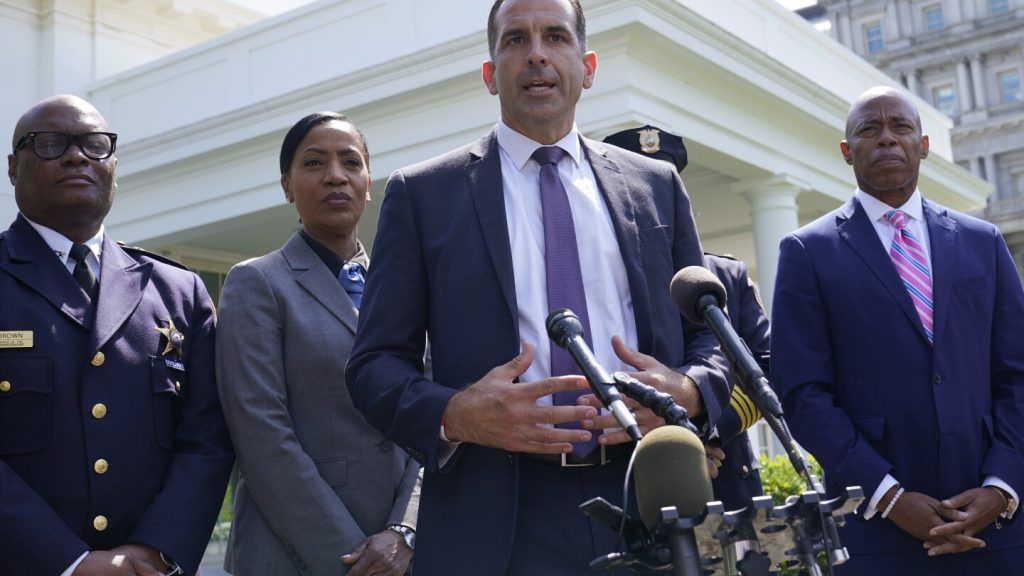In a Northern California U.S. House primary contest, a recount was conducted nearly two months after the election to determine the outcome. This recount broke a mathematically improbable tie for second place but also brought attention to the lengthy process it took to count the votes. California, known for its meticulous approach to counting every vote, often faces criticism for the extended time it takes to finalize election results. With most residents voting by mail, the state’s primary election concluded on March 5, leading to a gradual tally of votes that can last for weeks or even longer.
While no one has publicly questioned the accuracy of the tabulation, concerns have been raised about the optics of ballots sitting around for an extended period of time. Despite maintaining the integrity of the election process, the prolonged vote count can create skepticism among voters. California Secretary of State Shirley Weber emphasized the importance of accuracy in the election results, stating that people should have confidence in the thoroughness of the process. The state’s rule of allowing all candidates to appear on the same primary ballot, with only the top two advancing to the general election, adds complexity to the counting process.
In the case of the 16th District primary race, eleven candidates were on the ballot to replace retiring Democratic Rep. Anna Eshoo. Former San Jose Mayor Sam Liccardo secured the top spot, while two other Democrats were deadlocked for the second spot. After a recount and disputes over contested ballots, state Assembly member Evan Low gained a five-vote advantage to claim the second spot on the November ballot. While this race will not impact the balance of power in the House, it exemplifies the challenges faced by county election officials in conducting thorough vote counts with limited resources.
The rise of mail-in voting in California has added to the complexities of the election process, with ballots postmarked by the election date being valid if received within seven days. Each mail ballot must be individually opened, validated, and processed, contributing to the extended tally. Tight budgets for county election officials and the absence of direct funding from the state pose additional challenges in conducting elections efficiently. Recommendations have been made for the passage of laws requiring automatic recounts in close races funded by the government, rather than candidates or outside donors.
Past instances, such as the delayed declaration of results in the 13th Congressional District in Central California and the questions raised by Republicans in 2018, highlight the need for improving the efficiency of vote counting in California. The state’s provisions for contacting voters regarding unsigned or mismatched signatures on mail ballots further contribute to delays in finalizing results. With ongoing discussions about election integrity, efforts to streamline the counting process and increase transparency are essential to fostering trust in the electoral system.


